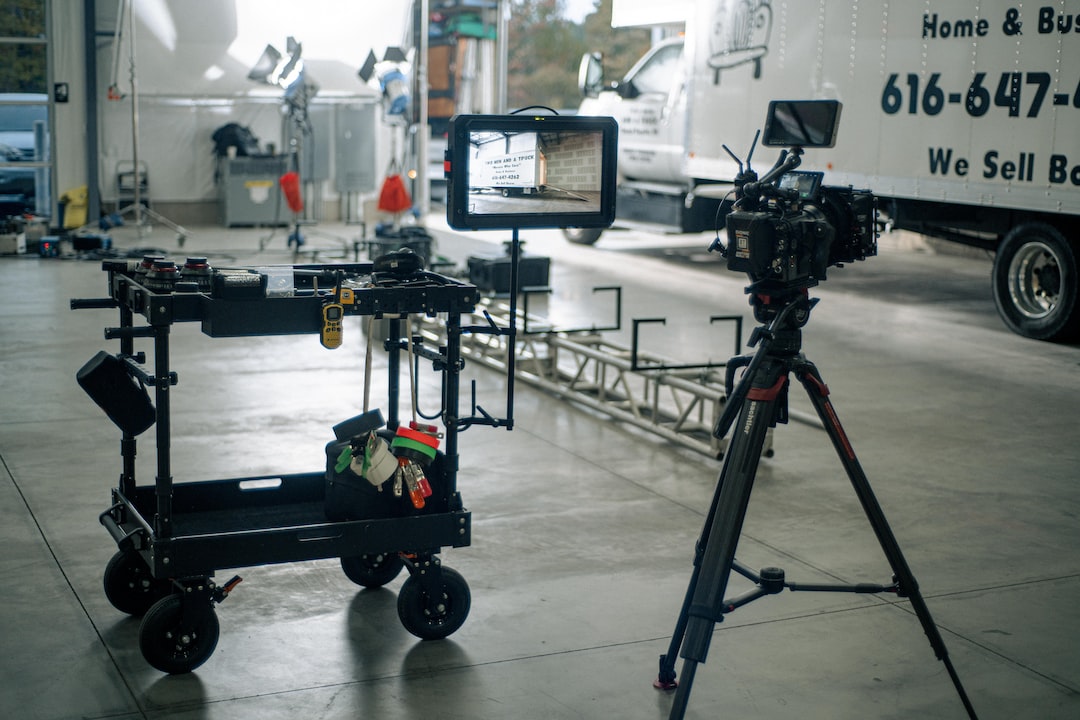
Unveiling the World of Animation Production: Techniques and Process
Share0Unveiling the World of Animation Production: Techniques and Process
Animation has come a long way since its humble beginnings. From hand-drawn sketches to computer-generated images, this unique art form has captivated audiences of all ages across the globe. Behind every animated film or TV show lies a complex and fascinating production process that brings these enchanting worlds to life. In this blog post, we will delve into the techniques and processes involved in animation production, shedding light on the creative magic that occurs behind the scenes.
Storyboarding: Giving Life to Ideas
The animation process begins with storyboarding, a crucial step in the creation of any animated feature. Storyboards serve as a visual representation of the script, helping the team visualize the sequence of events, composition, and shot angles. This stage sets the foundation for the entire production, allowing the team to refine the story and make necessary changes before moving forward.
Modeling and Rigging: Building the Characters
Once the storyboard is finalized, the process of modeling and rigging begins. Character modeling involves constructing digital 3D versions of the characters, giving them depth and structure. This step requires meticulous attention to detail, as even the smallest nuances can contribute to the overall character expression and movement. After modeling, rigging takes place, where animators build a digital skeleton or rig that controls the character’s movement. Rigging gives the animators the ability to manipulate the characters in a way that feels organic and lifelike.
Texturing and Shading: Infusing Life into Surfaces
Texturing and shading bring depth and realism to the animated characters and environments. Texture artists create intricate surface details, such as skin pores, hair strands, or fabric patterns. Shading artists determine how light interacts with these surfaces, enhancing the visual appeal and creating a sense of depth and dimension. Through these techniques, animated characters and worlds are given a lifelike quality, engaging the viewer on a deeper emotional level.
Animation: Giving Movement to Characters
Animation is the heart and soul of any animated production. This process involves bringing the characters to life through movement and expression. Skilled animators use their knowledge of anatomy, physics, and acting to create believable motion and emotions. With each frame, animators meticulously craft the character’s movement, capturing the essence of their personality and the scene’s narrative. From subtle facial expressions to intense action sequences, animation showcases the creativity and skill of the artists behind every frame.
Lighting and Rendering: Illuminating the Scene
Lighting and rendering play a crucial role in setting the mood and atmosphere of each scene. Lighting artists carefully design the virtual lighting setup, emphasizing certain elements, and creating shadows to add depth and drama. Through rendering, the final images are processed, creating the finished look of the animation. This process can be computationally intensive, but it is vital in creating the beautifully polished visuals that audiences have come to expect from animated films.
Sound Design and Music: Enhancing the Experience
Great animation is not just about what we see; it is also about what we hear. Sound design and music are critical components that enhance the viewer’s experience. Sound designers work to create a soundscape that immerses the audience in the animated world, adding depth and realism. Combining sound effects, dialogue, and music, they bring the characters and environments to life, eliciting emotional responses and enriching the storytelling process.
Post-Production and Editing: Bringing it All Together
Once the animation is complete, the post-production and editing phase begins. This includes fine-tuning the visuals, adding special effects, and refining the overall look and feel of the animation. Additionally, the editor works closely with the director to ensure the story flows smoothly and that the pacing and timing are perfect. This phase is crucial in creating a cohesive and seamless final product that captivates the audience from start to finish.
Animation production is a remarkable blend of technical prowess and creative artistry. From the earliest stages of storyboarding to the final moments of post-production, every step is vital in creating an immersive and visually stunning animated world. The dedication, teamwork, and innovation of the talented individuals in the animation industry bring these captivating stories to life, enchanting audiences and leaving a lasting impact.
In conclusion, the world of animation production is a fascinating realm that combines cutting-edge technology with the boundless imagination of creative minds. From storyboarding to post-production, each step in the animation process contributes to the final masterpiece that captures the hearts and imaginations of people worldwide. As animation continues to evolve and push artistic boundaries, we can only imagine the breathtaking worlds that lie ahead.
